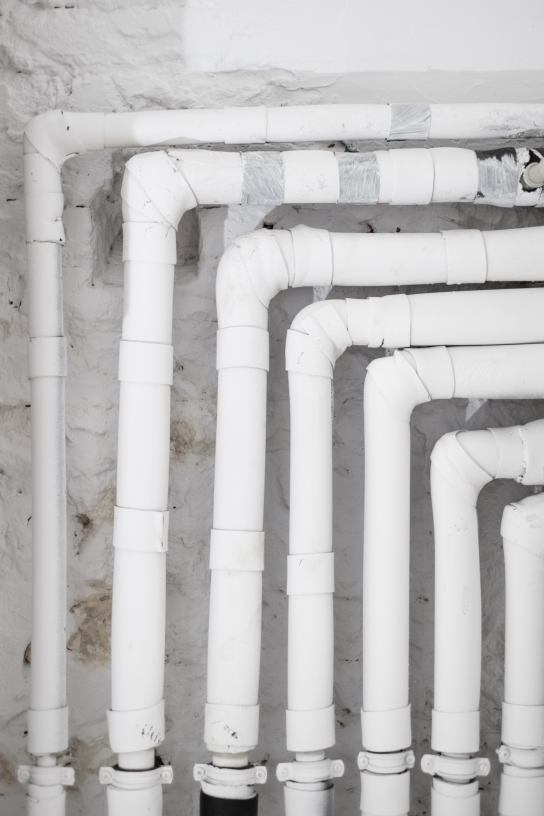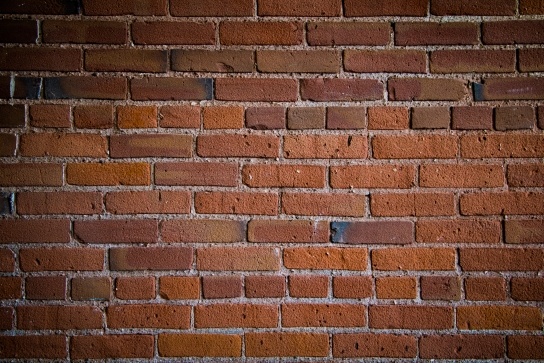Door and window draught insulation
What is draught insulation?
Draught insulation is a cheap and effective way to save you energy and money by stopping heat escaping from your home. By blocking any gaps where heat can escape and cold air can get in, you'll keep your home temperature just right all year round.
Making sure your home has door insulation and window insulation means you keep the cold air from entering your home and the warm air from escaping.
Where can I find the draughts in my home?
You'll find draughts anywhere that gaps can be found. You can usually find them around:
- Windows
- Doors
- Keyholes
- Letterboxes
- Floorboards
- Lofts
- Unused chimneys
- Electrical fittings on walls and ceilings
- Garage door
- Pipework that travels out of your home.
These can all be blocked up with different kinds of draught excluders. There's lots to choose from.
Window Insulation
Types of window insulation to choose from:
Door Insulation
Types of door insulation to choose from:
Things to know when thinking about draught exclusion
You should be careful when choosing draught exclusion in kitchens and bathrooms. You need to make sure you ventilate these rooms well to avoid moisture build up that can result in damp. So if you have draught exclusion in these rooms, make sure the insulation is counteracted with good ventilation.
Make sure you don't block any deliberately placed ventilation points – such as extractor fans, grilles or wall vents.
The same goes for any room with a fireplace. Any rooms that have a fire need to well ventilated to avoid fumes from the fire becoming dangerous in your home. A good idea is that when the fire isn't in use, think of temporary draught excluders like chimney balloons.
You can do DIY draught-proofing for small jobs, but consider hiring a professional if you're not sure or it's a bigger job. They'll know the right areas to block and have the right materials.
Do you want more inspiration on how to keep your home energy efficient?
Visit our energy efficiency pages for lots of ideas on how to save energy and money.
More insulation
Loft roof and cavity wall insulation
By improving your home's insulation, you'll be playing your part in reducing the effect of global warming. Simply put, you use less energy to keep your home warm, lowering your carbon footprint and energy bill.
In the last five years, we've helped with energy-efficiency improvements in more than 113,000 homes. And, with our trusted partners, we're committed to helping you reduce your energy use in the future.


What is Insulation and How Does it Work?
Home insulation is when you protect or cover areas in your home to stop heat from escaping or entering.

Solid wall insulation
Add an extra layer to your external or internal walls to lock in the heat for better energy efficiency.

Floor insulation
There are many insulation solutions made of different materials for your floors to stop draughts and heat loss.